Preliminary forage recommendations for grazing solar sites
The explosive growth of solar sites, especially large, utility-scale (>100 MW) sites that require state approval, has put solar in competition with agriculture for land use.

Information about raising all types of beef in Wisconsin: production and business management, beef quality assurance, housing, well-being, nutrition, and reproduction.
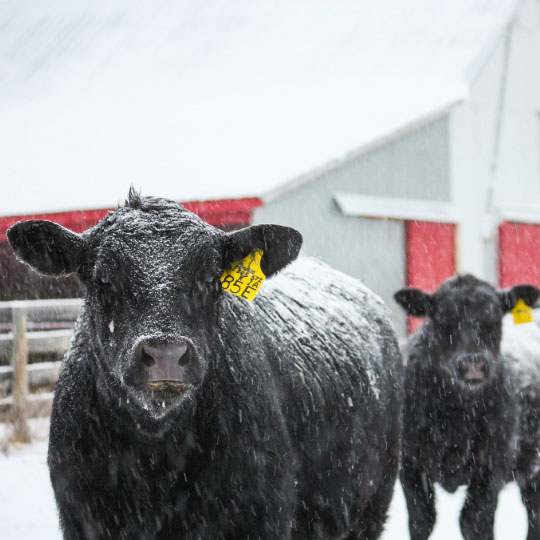
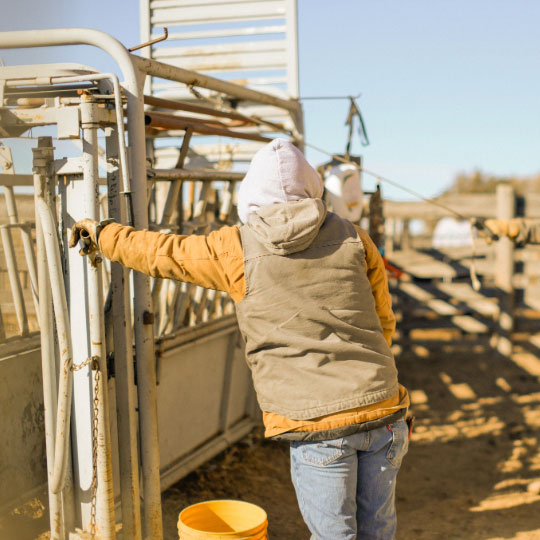

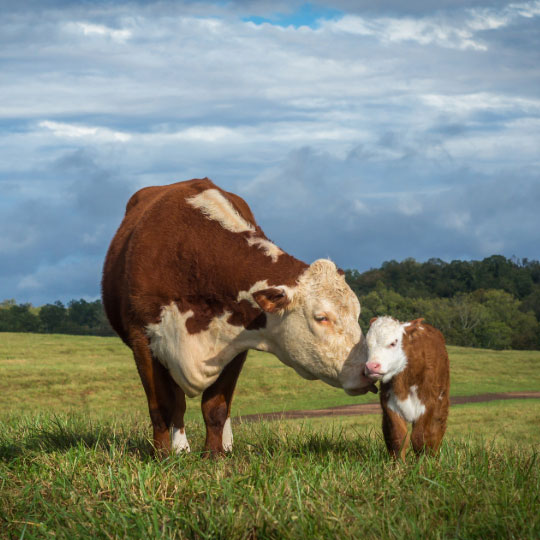
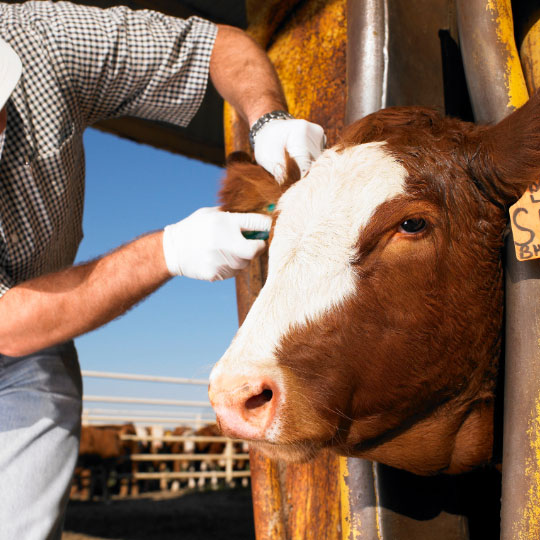
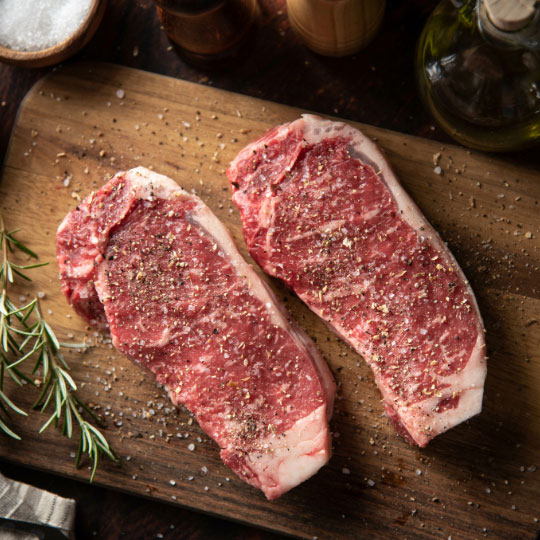


The explosive growth of solar sites, especially large, utility-scale (>100 MW) sites that require state approval, has put solar in competition with agriculture for land use.
Composting can be used for occasional mortality, emergency livestock mass casualties, and disease outbreaks.
Calves born early in the calving season provide several advantages for beef cow-calf operations.
To maintain its size, a beef herd’s annual replacement rate typically equals the number of cows that exit annually due to death, marketing, or culling. A typical replacement rate of 15% has been suggested.
Throughout this calving season it is important to remember that continuing proper cow management is necessary for your cows to have a successful, tight calving window next year. One of the most effective ways to manage the post-partum interval is to maintain the body condition scores (BCS) of your herd.
In this video Michaela Clowser, Tammy Vaassen and Bill Halfman discuss the 2022 NCBA Quality audit results with dairy and beef producers.
As the gavel falls on your cattle purchase, do you really know what you bought? Herd additions have inherent risk. Every movement of cattle onto your cow-calf operation—be they cows, heifers, calves, or bulls—brings biosecurity risks to your farm. It is critical to isolate new additions so that any sickness they break with is not shared with your home herd.
Winter feed costs typcially represent the largest portion of cow/calf expenses. A hay analysis is important to determine if hay will meet a cow herd’s nutrient requirements during winter. This factsheet will cover interpreting a hay analysis and to calculate winter feed needs.
A frequently heard recommendation for beef farms is to separate the 2-year-olds and thin cows from the main herd during the winter-feeding period. Three-year-olds may also benefit from being in this group because they are still growing. This is important every year, and likely even more important during years of limited forage resources.
Deworming decisions are farm-specific and depend on the age of the animal, how much exposure they had to infective larvae while grazing this spring and summer or the previous spring and summer, when they were last dewormed, and what products were used.